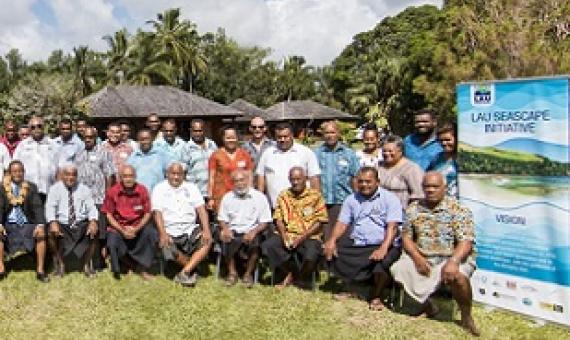From fishermen to fish to reefs, the theme of this year’s United Nations World Oceans Day, “Life and Livelihoods,” connects to just about every aspect of ocean health and coastal economies. After all, ocean health affects industries and flood resilience our ability to sequester carbon.
The Cook Islands National Environmental Services have reminded the public once again of the restrictions surrounding the removal of pa’ua (giant clam meat and shells) from the reef and taking the shellfish out of the country.
The Blue Marine Foundation, a London-based NGO focused on marine conservation, hosted a free online interactive roundtable on “Fish Aggregating Devices (FADs) in Responsible Tuna Fisheries” on Thursday, 6 May.
A world first study within the Great Barrier Reef Marine Park has found limited fishing zones (yellow zones) are still important conservation and fisheries management tools when paired with no-fishing zones.
While the Vanuatu Government is trying to establish the Ministry of Fisheries, Ocean and Maritime Affairs, people on the small island of Pele in North of Efate have proven that people cannot only survive on land resources but also marine resources.
Case study: The Funafuti Conservation Area, Funafuti atoll, Tuvalu : drawing lessons for future marine conservation planning and management
Marine protected areas (MPAs) have gained wide acceptance among coastal planners,
managers, researchers, and scientists as an effective tool that can be utilized to protect
threatened marine and coastal ecosystems. MPAs allow depleted breeding stocks of
important food fish and invertebrate species to regenerate and become re-established,
providing a foundation for sustainable fisheries. Typically, the MPA model comprises a core
no-take conservation area, within which harvest of fish and other consumable resources is
Ministry of Marine Resources (MMR) team has recently returned from their two-and-a-half-week expedition to Manuae and Aitutaki.
A new global marine initiative has been launched to protect and conserve 18 million square kilometres of the ocean (seven million square miles) over the next five years, an area larger than the continent of South America.
Forest and marine restoration, regeneration and the formalization of a Deed of Trust are some of the key points that were part of the deliberations for 13 traditional District Chiefs of Lau.

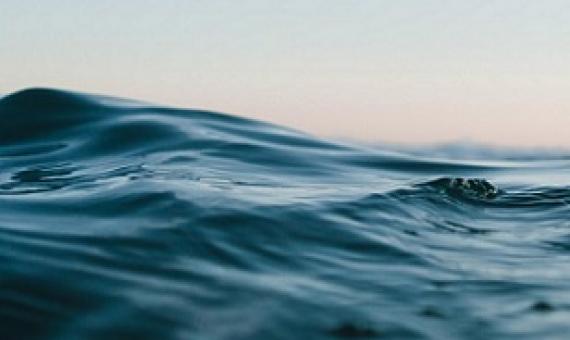
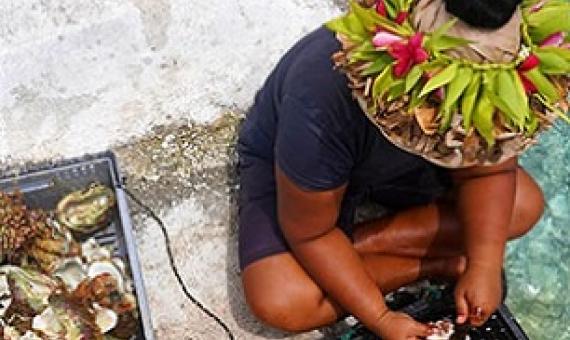
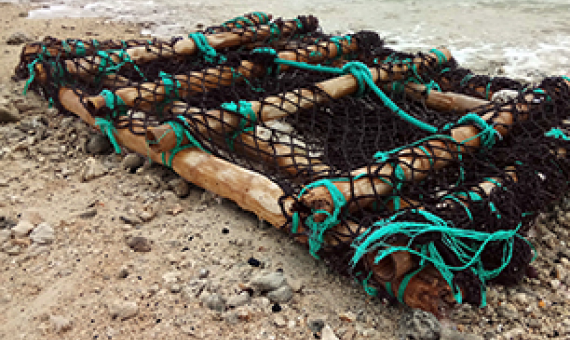
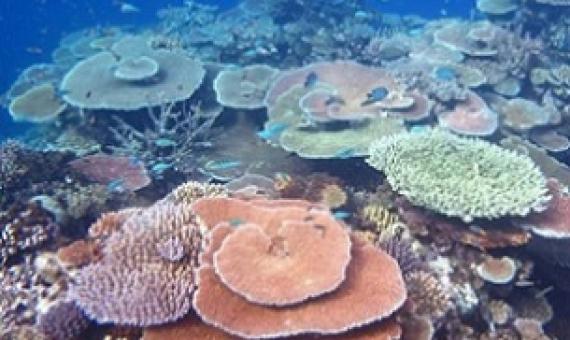
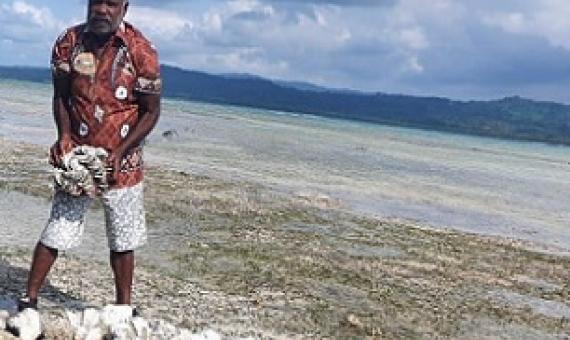
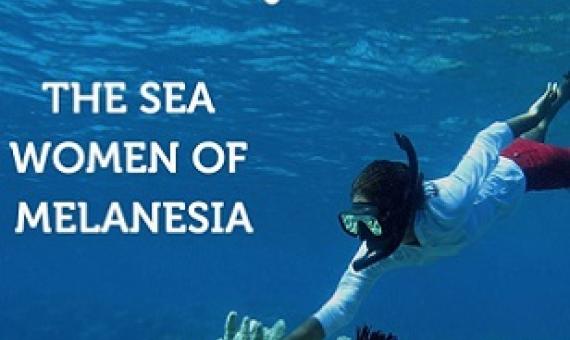
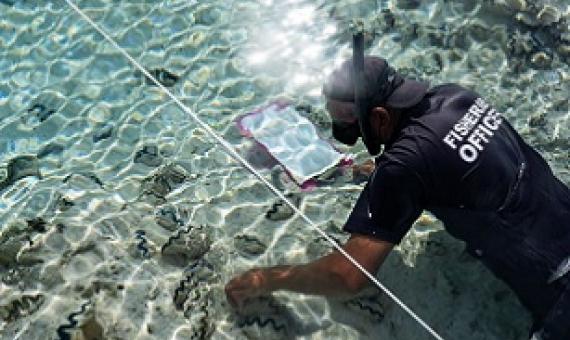
![A new initiative aims to protect vast tracts of ocean with the world's seas increasingly under pressure from people and pollution [File: Steve de Neef/Greenpeace via EPA]](/sites/default/files/styles/news_teaser/public/BlueALLIANCEpartnership_oceans.jpg?itok=1Cg7B6gA)
